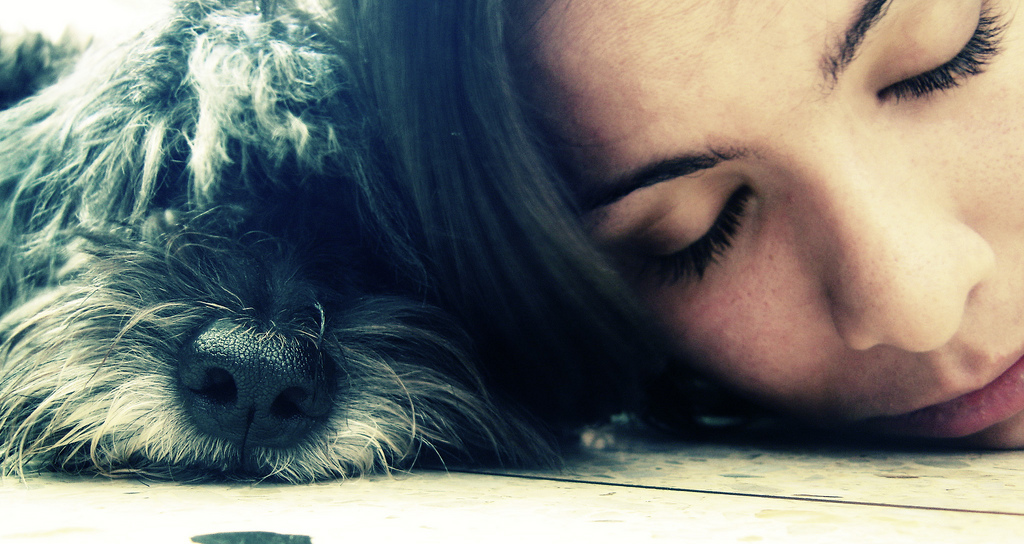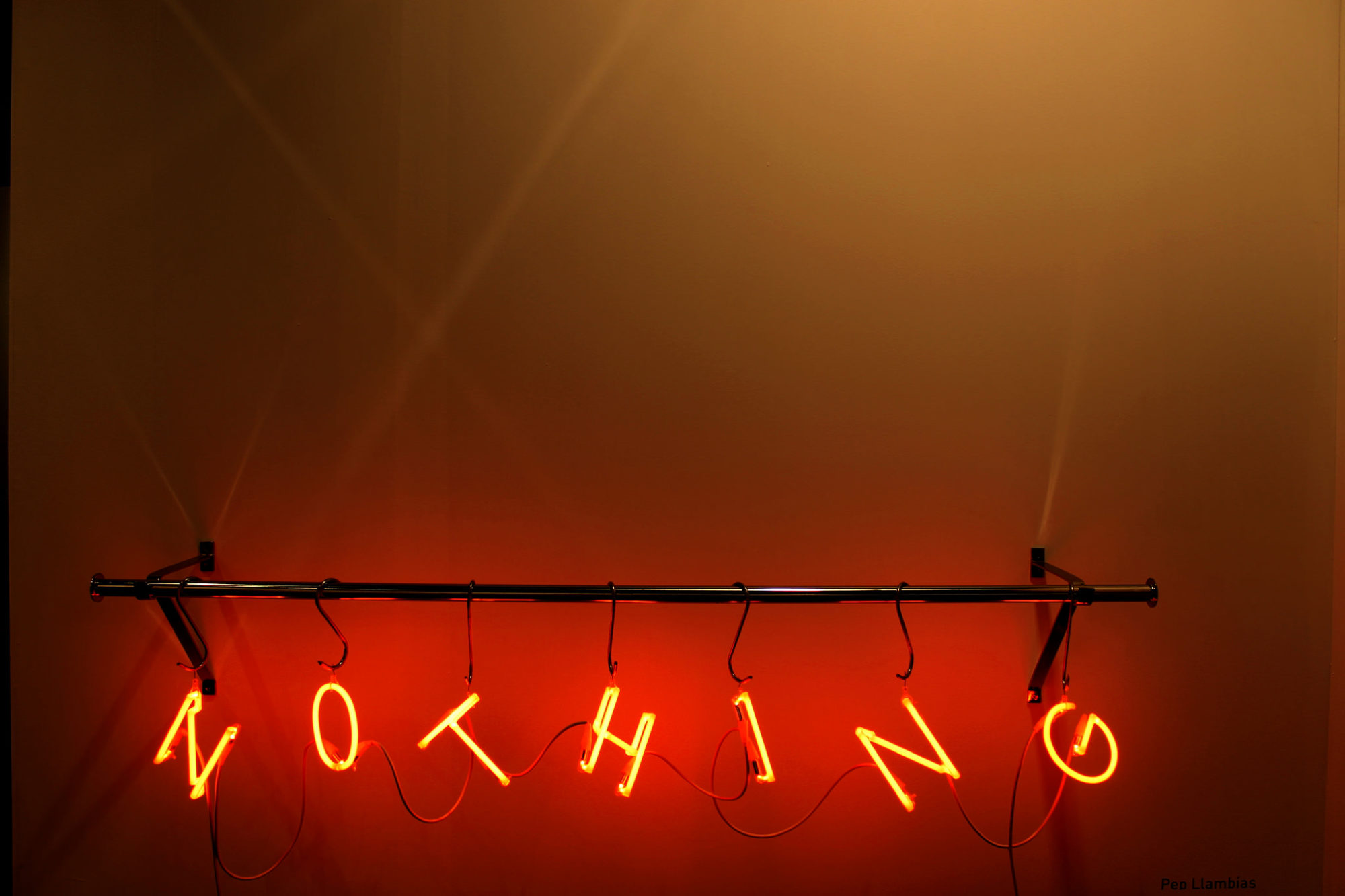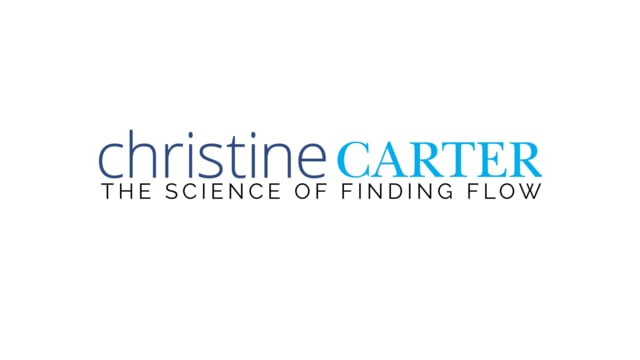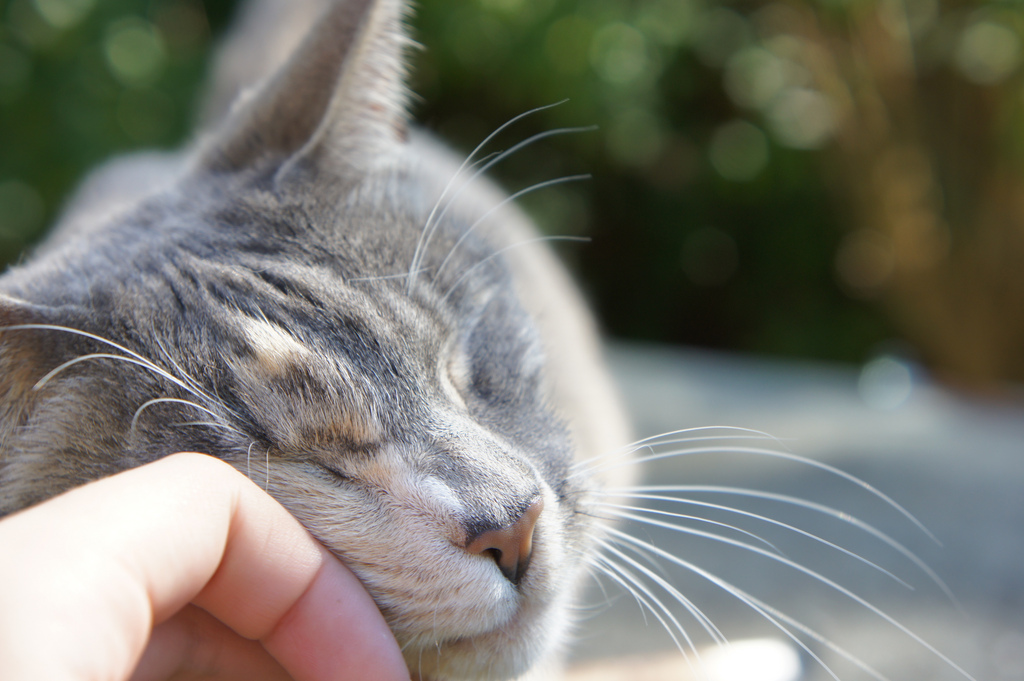“Creative people’s brains unconsciously connect experiences they’ve had. Which means they’ve probably had a lot of diverse experiences; that’s the raw material of insight.”
Worried what others will think if you start spending less time working?
If you are still anxious that getting a life will hurt your reputation at work more than it will help your productivity, take solace in the research that shows that being open about your home life can enhance your work life fairly dramatically. From The New York Times Magazine:
In a paper published in the American Sociological Review, half the employees … would participate in what they thought was a new initiative but was, in fact, part of the field experiment. The new policy was both radical and, in concept, simple: Workers in the experimental group were told they could work wherever, and whenever, they chose so long as projects were completed on time and goals were met; the new emphasis would be on results rather than on the number of hours spent in the office. Managers were trained to be supportive of their employees’ personal issues and were formally encouraged to open up about their own priorities outside work — an ill parent, or a child wanting her mom to watch her soccer games. Managers were given iPods that buzzed twice a day to remind them to think about the various ways they could support their employees as they managed their jobs and home lives.
The research found that employees in the experimental group met their goals as reliably as those in the control group, and they were, in short, much happier: They were sleeping better, were healthier and experienced less stress. Other studies examining the same workplace found that the effects even cascaded down to employees’ children, who reported less volatility around their own daily stresses; adolescents saw the quality of their sleep improve. A year out, and then three years out, employees in the experimental group reported less interest in leaving the organization than those in the control group.
Again, your value as an employee is in many ways dependent on the quality of your personal life. So stop worrying what other people think and do what you know will make you (and, as it turns out, your children if you’ve got ’em!) happier and healthier.
Click here to download the strategic slacking PDF
Strategic slacking is very fun if you make time for it. So make the time!
This post is from a series about “strategic slacking” from the “Science of Finding Flow,” an online course I created as a companion to my book The Sweet Spot: How to Accomplish More by Doing Less. Want to go on to the next class or start the course from the beginning? It’s free! Just go to The Science of Finding Flow course page. Enjoy!










